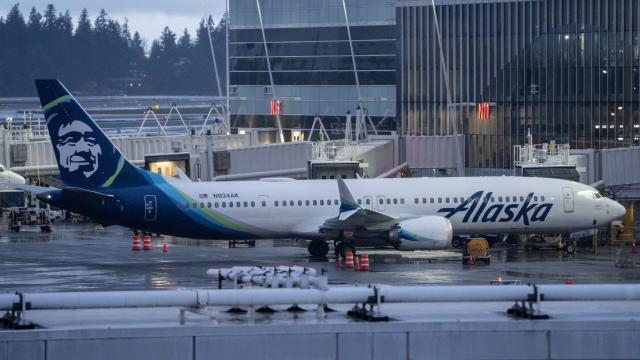The FAA grounded over 100 Boeing planes over the weekend after a worrisome Alaska Airlines flight incident.

Boeing 737 Max groundings after Alaska Airlines emergency (Photo: Google)
Alaska Airlines Boeing 737 Max 9 Incident
A Boeing 737 Max 9 had an inflight explosion from Portland, Oregon, to Ontario, California. The fuselage side was ripped apart by “explosive decompression,” caused by the blowout. After the event, dramatic videos showed people donning oxygen masks. The plane made an emergency landing in Portland without casualties.
Alaska Airlines CEO Ben Minicucci worried about customers and commended pilots and flight attendants. The airline agreed to assess its remaining Boeing 737 Max 9 planes for safety and worked with Boeing and federal agencies to investigate the event. About 171 Boeing 737 Max 9s flown by U.S. airlines or on U.S. territory were temporarily grounded by the FAA. FAA Administrator Mike Whitaker prioritized safety and ordered quick inspections before planes could fly again.
Alaska Airlines originally returned 18 planes, however, the FAA later warned them of needed repairs. Alaska Airlines and United Airlines, the two U.S. carriers using the Boeing 737 Max 9, canceled several flights due to this grounding.
READ ALSO: Michigan GOP Takes A Stand: Ousts Election Denier Karamo As Chair, But Will He Accept The Decision?
NTSB Chair’s Warning and Stock Market Reaction
Jennifer Homendy, chair of the National Transportation Safety Board (NTSB), stated that three prior flights had a pressurization warning light, creating safety concerns. The NTSB also warned that the warning lights may not be connected to the blown-off panel event.
Boeing and Spirit AeroSystems stocks fell after the event. The fuselage portion that blew out was made and fitted by Spirit AeroSystems. Boeing’s shares sank about 9% and Spirit AeroSystems’ tumbled 14% after the markets opened on Monday, although both rebounded later. The event casts doubt on airplane safety, regulatory control, and Boeing and its suppliers’ economic prospects.

















































